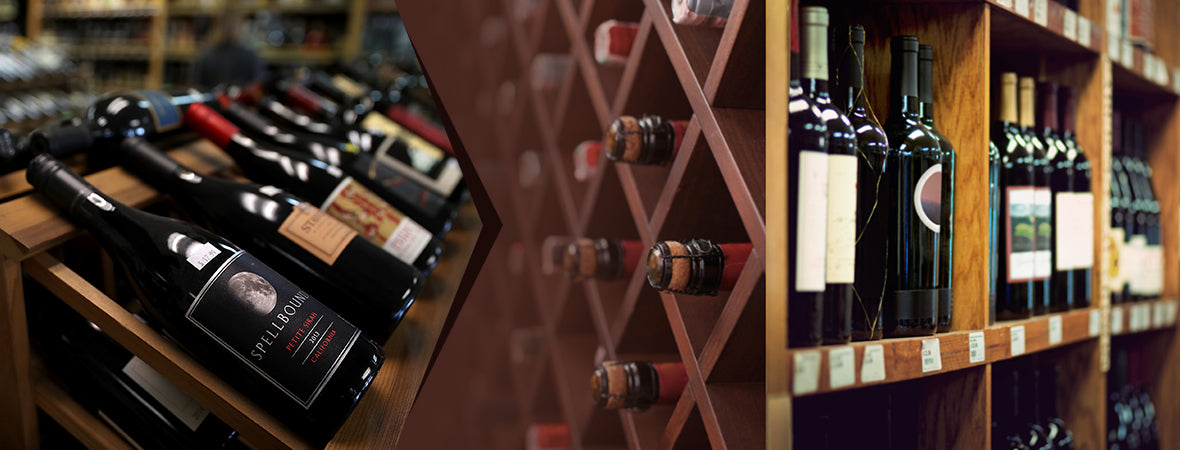After being inundated with wine labels from France, Spain, Italy, Australia, and so many other places around the world, it can be rather refreshing to finally lay your eyes on a wine label from the U.S. And the truth is that it is a lot easier to read these wine labels, not only because they’re in English, but because they also feature information that we might be more familiar with looking for. Wine labels – when you know what you’re looking at – can be very useful sources of information for telling us about the location, wineries, varietals, vintages, and many other useful terms that help us choose the wine that is best.
Sometimes, however, even if we can read the wine label, it still might not tell you what you want to know. This isn’t the wine label’s fault any more – this is yours. Fortunately, though, understanding wine labels is a simple task that just requires a small sip of background knowledge. The federal government is even helping you out by ruling in 1983 that wine labels must contain a certain minimum amount of information. Learning how to accurately read a label is only to your advantage – inaccurate labels are illegal, so this helps to enforce quality.
Remember that just because a bottle or a label looks good doesn’t necessarily mean what’s inside is worth it. Here are the basic informational components you want to keep your eyes open for:
- Name of Vineyard- This is optional information that vineyards may add because the property of the winery might produce high-quality grapes. Some vineyards might have the notoriety of producing great wines, so they would most likely mention the vineyard on the label.
- Vintage- The vintage is the year the grapes were harvested, and it is very important because wine differs year to year due to climate changes. There are actually published charts you can use to determine which year was the best in certain regions.
- Region- Region orAppellation of Origen (AOC) explains the region within certain states or geographical distinctions. California laws require that 100% of the grapes come from within California. Other states require at least 75% of the grapes come from that state. When a label states a particular area like “Napa Valley,” it means that at least 85 % of the grapes used come from that area.
- Varietals- The varietal is the wine type. In the label above it says “Cabernet Sauvignon.” In 1983 the law stated that a varietal must contain at least 75% of the varietal listed. Remember that 100% varietals are not automatically better wines. Some of the best wines have different percentages of different grapes and create exotic flavors. Prior to 1983, the law required only 51% of the named varietal.
- Alcohol Percentage- The alcohol percentage states the amount of alcohol the wine contains by volume. This is a mandatory requirement for all wines.
The government also intervened in 1988 and established a mandatory law declaring the quantity of sulfites that wine must contain, and all wines that have level above 10 parts per million of sulfur dioxide must clearly publish this on the label. You’ll also notice that wine labels have a federal warning, similar to the statements you used to see on cigarettes – this warning is thanks to another 1989 federal law.
Remember that even though there is a minimum requirement for how much information is published on the label, the actually quantity and design will differ depending on the producer. Thankfully, the words and appearances on United States’ wine labels can be comforting and relatively easy to read. If you’re interested in learning more about how to read wine labels from other countries, then check out my other blogs – you’ll notice that many countries choose to label their wines differently.
As always this is William Wineheart wishing you good friends, good food, and good wine…enjoy!





